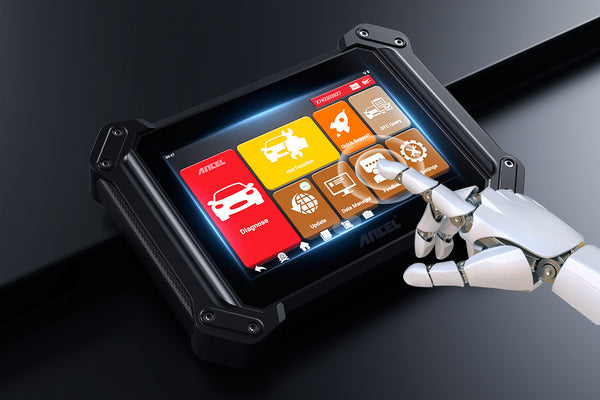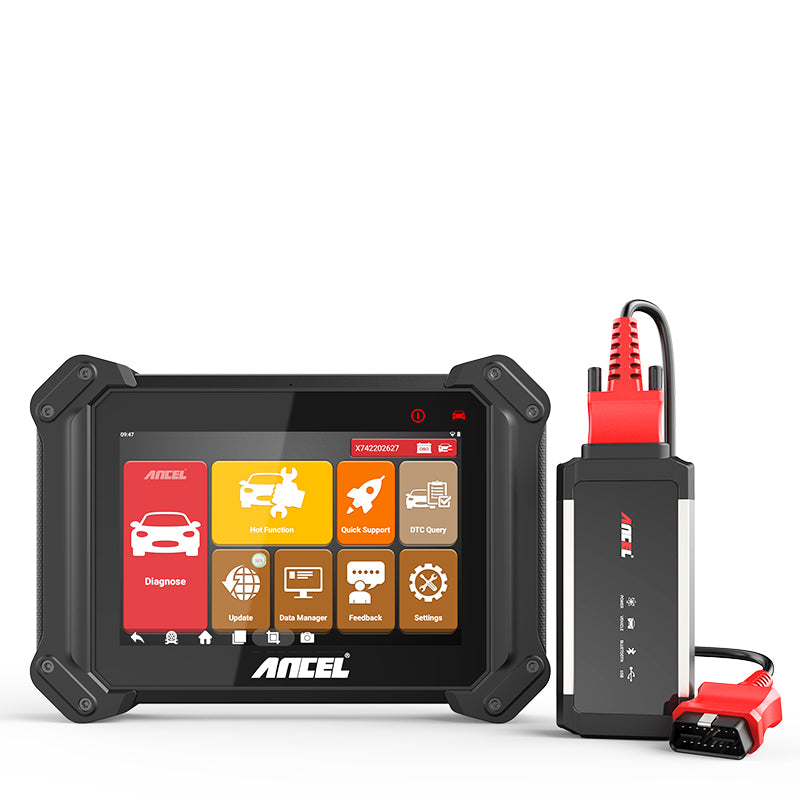When your car's engine light comes on and you're concerned about the issue, you might typically consider taking it to an auto repair shop for assistance. However, you can often resolve the problem yourself just as effectively as a mechanic!
The cost of scanning a check engine light at an auto repair shop can vary, typically ranging from $50 to $100. Some automotive stores and repair shops do offer free scanning services for a check engine light. Major auto parts chains like AutoZone, Advance Auto Parts, and O'Reilly Auto Parts often provide this service at no cost.
The actual scanning process to read the codes from a check engine light generally takes about 5 to 10 minutes.The actual process involves connecting a diagnostic tool to your vehicle's onboard diagnostics port (OBD-II) and reading the fault codes from the car's computer system. This quick scan can provide the initial codes and sometimes a brief description of the issue, but further diagnostics and actual repair work will take additional time.
Related Reading: Decoding Your Car's Check Engine Light
Testing the Check Engine Light
When your engine light comes on, it's a signal that your vehicle's computer system has detected an issue within the engine or its supporting systems. In fact, a bluthood car scanner can help you solve the problem by providing insight into what exactly is going wrong.
Use an OBD-II Scanner:
- Acquire an OBD2scanner, which can be purchased or borrowed from most auto parts stores.
- Find your vehicle’s OBD-II port, typically located under the dashboard near the steering column.
- Plug the scanner into the OBD-II port, turn on your vehicle to the “on” position (you do not need to start the engine), and follow the scanner’s prompts to retrieve the diagnostic trouble codes.
Interpret the Codes:
The scanner will display codes that correspond to specific issues. Use the scanner’s manual or an online database to interpret these codes and understand what repairs might be necessary.
Further Diagnosis:
- Depending on the codes, further diagnostics may be necessary to pinpoint the exact problem. Some issues may be simple, like a loose gas cap, while others could be more complex.
Clear the Codes:
- After resolving the issue, you can use the scanner to clear the diagnostic codes. Note that clearing the codes without addressing the problem will likely result in the check engine light returning.
Test Drive:
- Drive your vehicle to ensure that the issue has been adequately resolved and the check engine light does not reappear.

Find Out What Goes Wrong
When your check engine light illuminates, it's crucial to find out what went wrong by interpreting the diagnostic codes. Here are some common codes and their meanings:
P0300: Random/Multiple Cylinder Misfire Detected. This code suggests that multiple engine cylinders are misfiring, which can affect the engine's stability and performance.
P0171 and P0174: System Too Lean (Bank 1 and Bank 2). These codes indicate that there is too much air and not enough fuel in the combustion chamber, which can cause the engine to run inefficiently.
P0420: Catalyst System Efficiency Below Threshold. This code often means the catalytic converter is not functioning properly, which could lead to increased emissions.
P0440: Evaporative Emission Control System Malfunction. This code points to a fault somewhere in the fuel system’s vapor recovery path, which includes the gas cap, fuel lines, or the charcoal canister.
P0128: Coolant Thermostat (Coolant Temperature Below Thermostat Regulating Temperature). This suggests that the engine's coolant is not reaching the required temperature, potentially indicating a faulty thermostat.
Each code provides a clue as to what might be malfunctioning in your vehicle, guiding you towards appropriate repairs or further diagnostics.
Your EssentialScanCheckEngine Light
The ANCEL V6 Pro is equipped with an array of features to enhance your vehicle maintenance experience. It includes special functions that go beyond standard diagnostics, such as ABS bleeding, steering angle calibration, and battery registration, designed to meet the needs of complex vehicle systems.Additionally, the ANCEL V6 Pro offers advanced ECU coding, allowing for customization and fine-tuning of car settings for a personalized driving experience. Continuous free updates for OBD2 diagnostic functions also ensure your tool stays current with evolving automotive technology standards. Experience the ease of diagnosing your car with the ANCEL V6 Pro, your go-to tool for check engine light issues.
$439.99
Common Check Engine Light Causes and Testing Frequency
One of the most common reasons for a check engine light to illuminate is an issue with the vehicle's emission control system. This often involves a problem with the oxygen sensor, which can affect the fuel-air mixture and result in inefficient engine performance and increased emissions. Other frequent causes include faulty spark plugs, a malfunctioning catalytic converter, or issues with the fuel cap (such as it being loose, damaged, or missing).
Regarding how often you should perform diagnostic tests on your vehicle, it's generally a good idea to conduct them regularly as part of routine maintenance. However, it's crucial to check immediately if the check engine light comes on, to quickly identify and address any issues. For regular maintenance, a yearly check as part of a comprehensive vehicle inspection is advisable unless you notice any symptoms of car trouble or the check engine light appears sooner. If you're concerned about your car's engine light, you can increase the frequency of your inspections. For example, a full inspection once a quarter.
Need to know more about car scanners, follow ANCEL!
FAQs
What should you do when your car's check engine light comes on?
When your car's check engine light comes on, you should use an OBD-II scanner to connect to your vehicle’s onboard diagnostics port, usually found under the dashboard near the steering column. This allows you to read diagnostic trouble codes (DTCs) from the car’s computer system to identify and understand the specific issues.
What are some common causes of a check engine light alert?
Common causes of a check engine light include issues with the vehicle's emission control system such as a faulty oxygen sensor, problems with the catalytic converter, spark plug failures, or issues with the fuel cap being loose, damaged, or missing. These problems can affect engine performance and increase emissions.
How often should you perform diagnostic tests on your vehicle?
It's recommended to perform diagnostic tests on your vehicle regularly as part of routine maintenance, ideally once a year during a comprehensive vehicle inspection. However, you should perform a diagnostic test immediately if the check engine light comes on to quickly address any issues. For those concerned about their vehicle's health, increasing the frequency of inspections, such as conducting a full inspection quarterly, can be beneficial.















